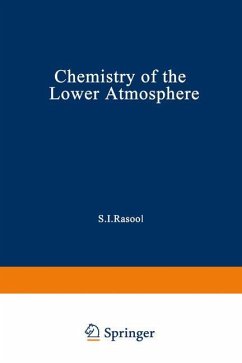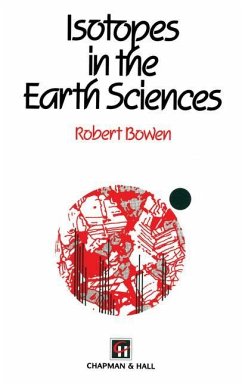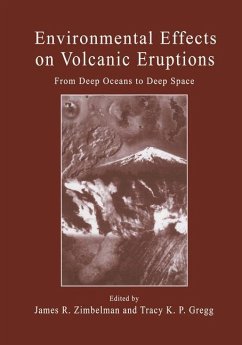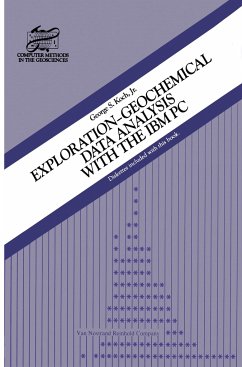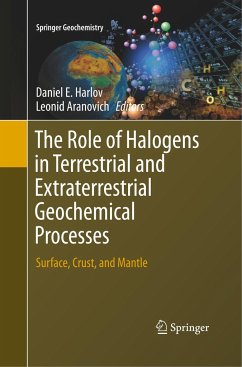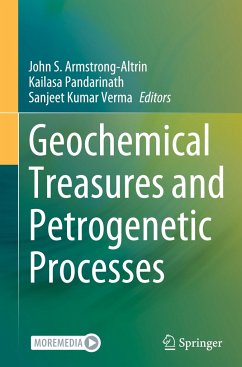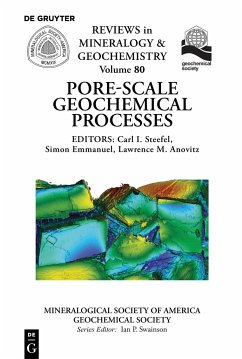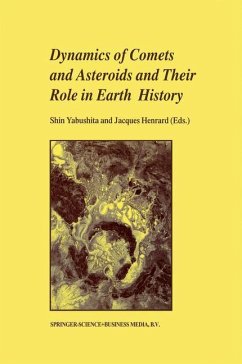
Heterogeneous Processes of Geochemical Migration

PAYBACK Punkte
19 °P sammeln!
The problem of the geochemical migration of elements has received wide attention in the works of V. I. Vernadskii and A. E. Fersman [1, 2J. Vernadskii considered geochemistry to be the science of the history of chemical elements on the earth, their distribution and move ments in space and time, and their genetic relations [IJ. Geochemical migration was defined by Fersman as "the movement of chemical elements in the earth's crust leading to their dissemination or concentration. " The views of Vernadskii and Fersman on the migration of elements have received added support and development in conn...
The problem of the geochemical migration of elements has received wide attention in the works of V. I. Vernadskii and A. E. Fersman [1, 2J. Vernadskii considered geochemistry to be the science of the history of chemical elements on the earth, their distribution and move ments in space and time, and their genetic relations [IJ. Geochemical migration was defined by Fersman as "the movement of chemical elements in the earth's crust leading to their dissemination or concentration. " The views of Vernadskii and Fersman on the migration of elements have received added support and development in connection with successes in physics, chemistry, biology, and other sciences. According to Fersman, the earth is looked upon as a cosmic body, characterized by common origin and Similarity of composition with the sun, the planets, meteorites, and other bodies of the solar system. The scale and trend of geochemical migration of elements in the earth are determined by the initial state of terrestrial matter, its thermal history, and the scale of time. The rules of elemental migration are determined by internal and exterual fac tors. Fersman distinguishes five groups of internal factors, i. e.





